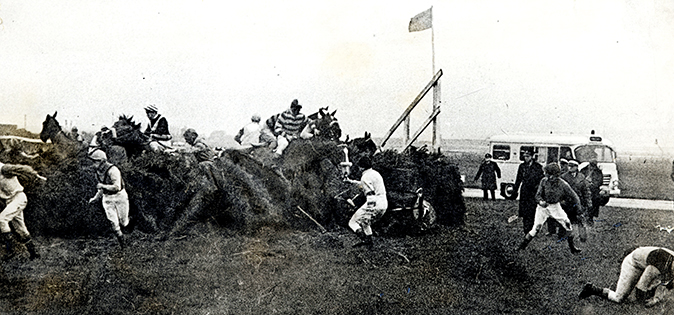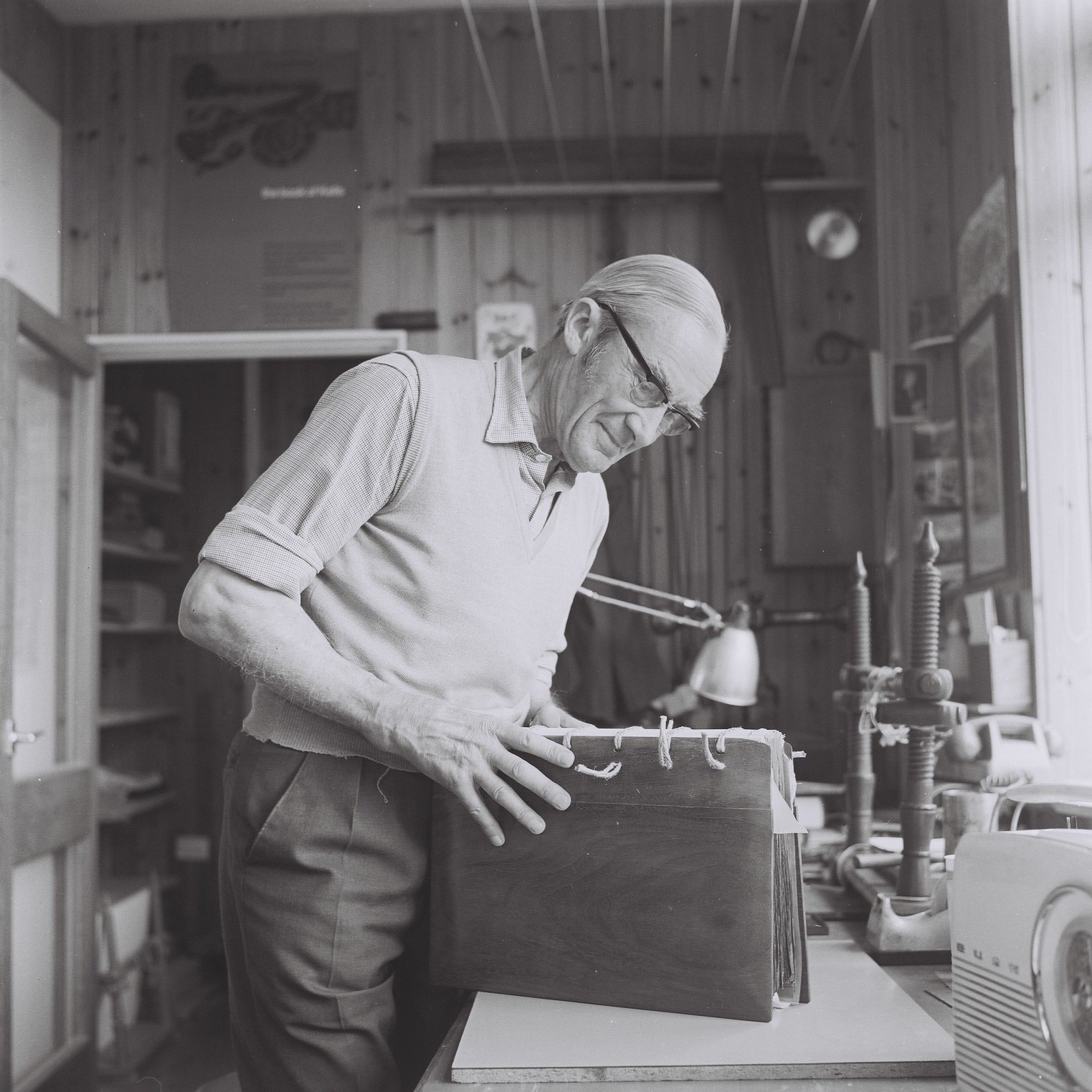Foinavon's Grand National miracle: How a 100-1 outsider won the strangest ever race
Marcus Armytage looks back at Foinavon's 100-1 victory in the 1967 Grand National, perhaps the craziest and most dramatic ever staged.


The Grand National that really caught the public imagination and cemented Aintree’s position as the home of sporting drama on an epic – and I mean epic in the sense of its Homeric scale rather than the over-used description of something a bit bigger than normal – was 50 years ago when it was won by the 100–1 outsider Foinavon.
This was precisely why I couldn’t sleep for two nights before my first ride some 20 years later in 1987; thanks to Foinavon, in my own mind I had a chance equal to that of the favourite in what I then assumed would be my only ride in the race on 200–1 outsider Brown Veil. (We pulled up at the 23rd fence.)
Foinavon was a no-hoper. The horse's owner, Cyril Watkins, hadn’t even bothered to turn up and the trainer, John Kempton, preferred to be riding at Worcester. Yet the horse, steered by John Buckingham, wove a passage through a pile-up at the innocuous 23rd fence – ironically, at 4ft 6in, the smallest one on the course – to win the most remarkable National ever run.
In as much the 1956 race provided the sporting template – to do ‘a Devon Loch’ – for stealing defeat from the jaws of victory, when the Queen Mother’s horse did a bizarre belly flop yards from the winning post, so ‘a Foinavon’ has become common parlance for the unexpected.
It was still early days for televised sport – the drama of previous Grand Nationals was something most people only read about in their Sunday newspapers, caught up with in the cinema on Pathé news or saw as specks through binoculars if they were lucky enough to be there – but the full drama of this calamity was broadcast in black and white into the nation’s living rooms.
What riveting viewing it made as Michael O’Hehir described the unfolding spectacle in an iconic sporting commentary as the blinkered loose horse Popham Down swerved across the field and, in the words of journalist John Oaksey, ‘cut down the leaders like a row of thistles’.
In the mayhem, 29 of the 30 horses still standing either fell, unseated their jockeys or refused – some did all three. Spruce, gorse and jockeys went in all directions, but, having been 100 yards behind the leaders, Buckingham could pick his way through the carnage of loose horses and jockeys running to catch them. He ‘showjumped’ the fence and was soon 100 yards ahead.
Sign up for the Country Life Newsletter
Exquisite houses, the beauty of Nature, and how to get the most from your life, straight to your inbox.
Seventeen horses set off in forlorn pursuit and it’s a measure of Foinavon’s honesty and Buckingham’s horsemanship that the pair kept going to come home 15 lengths clear of the favourite, Honey End, and the following year’s winner, Red Alligator, ridden by a young Brian Fletcher. Remarkably, all horses and jockeys returned injury free and, although some described the race as a ‘farce’, the fact is that it stimulated calls to ‘save the National’, which was under threat from development.
Country Life is unlike any other magazine: the only glossy weekly on the newsstand and the only magazine that has been guest-edited by HRH The King not once, but twice. It is a celebration of modern rural life and all its diverse joys and pleasures — that was first published in Queen Victoria's Diamond Jubilee year. Our eclectic mixture of witty and informative content — from the most up-to-date property news and commentary and a coveted glimpse inside some of the UK's best houses and gardens, to gardening, the arts and interior design, written by experts in their field — still cannot be found in print or online, anywhere else.
-
 What's a 'wellness village' and will it tempt you back into the office?
What's a 'wellness village' and will it tempt you back into the office?The team behind London's first mixed-use ‘wellness village’ says it has the magic formula for tempting workers back into offices.
By Annunciata Elwes
-
 'To exist in this world relies on the hands of others': Roger Powell and modern British bookbinding
'To exist in this world relies on the hands of others': Roger Powell and modern British bookbindingAn exhibition on the legendary bookbinder Roger Powell reveals not only his great skill, but serves to reconnect us with the joy, power and importance of real craftsmanship.
By Hussein Kesvani

